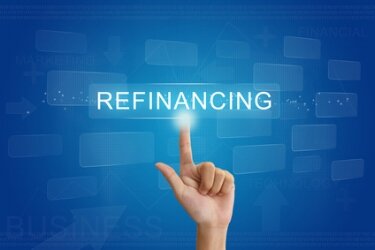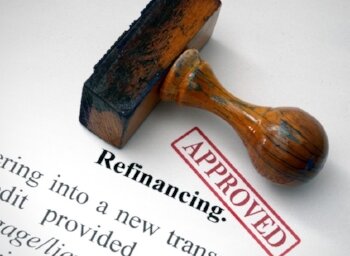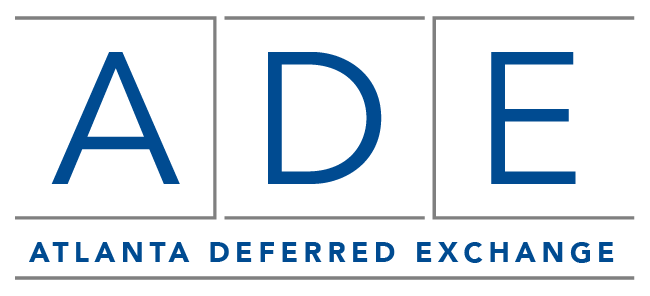
For investors, one of the main reasons to use a 1031 exchange is deferring any tax due so that any return they earn can be on all of their equity going forward. For the gain deferral to be maximized, the exchange rules require that the purchase price of the replacement property be the same or greater than the property that was sold and all of the cash proceeds be used. When there is little to no debt on the property, this can be particularly vexing to investors who would like to enjoy a bit of their hard earned equity or employ it into a new venture. Logically, many would like to at least get back their initial down payment or capital contribution, but the requirements of a 1031 make that difficult to do directly. Because any gain is “top end loaded”, the first cash received by the investor from the sale is considered gain— and is taxable. Is there a way to maximize the benefits of a 1031 while still freeing up a bit of equity?
Happily, there are ways to cash out some of the equity through either refinancing the replacement property or “pre-financing” the relinquished property. The key is that this should not be done just prior to or during the exchange period. This period begins with the closing of the relinquished property and ends 180 days later. Although one method is preferable to the other, paying careful attention to timing is important for either option.
Some investors “pre-finance” the relinquished property to pull cash out prior to the sale. In this instance, timing is critical, and we recommend that this be done at a minimum several months prior to ever offering the relinquished property for sale. Great caution should be used when employing this strategy due to a tax court ruling against an investor that refinanced just prior to or at the relinquished closing(Behrens Tax Court Memo 1985 and Long v. Commissioner). The court found there to be no other business reason for the financing except to cash out part of the equity in anticipation of the exchange, invalidating the 1031. Though there are normal business reasons that might justify refinancing a property on the market for sale, such as a loan that becomes due and payable just before a closing or when an interest rate could be lowered, we advise extreme caution. If the financing or refinancing allows you to cash out equity just before or at the relinquished closing, then the validity of your 1031 could be at risk.

Refinancing after completing an exchange seems to be less problematic. Perhaps because there are no cases to rely on, many investors and tax professionals are very aggressive when employing this technique. There are some commercial loans that have a “cash out” feature the day after the replacement property is acquired. For example, in an arrangement like this, the loan showing on the replacement closing statement might be $3 million; however, the next day, a new statement is executed showing a $5 million loan balance of which $2 million of loan proceeds is distributed to the exchanger. This approach could be problematic and in discussions with the California FTB, this author has been told that they would consider this to be a taxable event. It is best for exchangers to wait and start the loan application process after the replacement property has been acquired. Many tax professionals that do not have great depth with this issue suggest that exchangers should wait 12-24 months before pulling cash out. Fifteen years ago, off-the-record opinions from IRS representatives from the national office suggested they were comfortable with immediate refinancing after an exchange and the California FTB confirmed their agreement with this position in a recent conference.
It is our view that pulling equity out by financing or refinancing a property pre-exchange should be done several months prior to putting the property up for sale and it is best if the cash is used for a specific business purpose. If an “after exchange” strategy is preferred, we recommend that the exchanger not take any active steps (i.e. make loan application) during the exchange period, but should wait until the exchange is complete before seeking a loan. Consider the example of an investor who uses a 1031 exchange to sell property with no debt for $2 million. She then buys a $2 million replacement property using all the cash. One month after the purchase she files an application for a for a $1 million loan on the replacement property and receives the cash 60 days later. The cash distributed to her is tax-free because converting her equity to cash is a non-taxable event. Her objective of getting a portion of her equity back to employ or enjoy has been accomplished, though she waited several months to take a safer approach to achieve her goal. (see Dulles World Property, LLC v. Commissioner 2011)
Every circumstance is different—-so it is important that you get guidance from your tax advisor before using any type of financing to cash out equity around an exchange.
